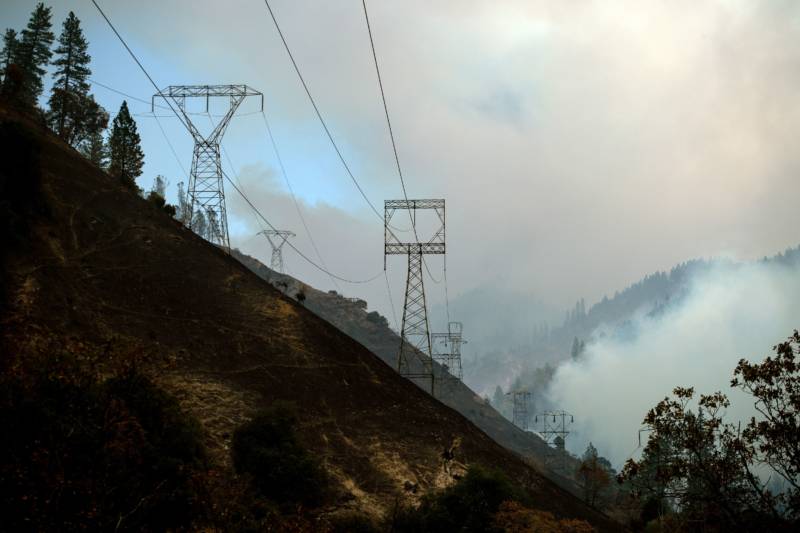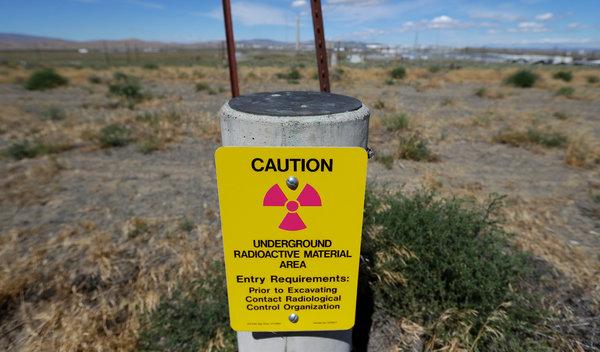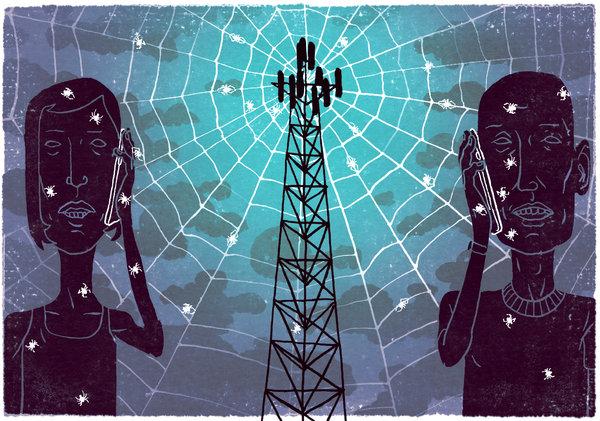Interesting analysis of Russian reaction to SpaceX’s successful docking and return of it’s CrewDragon spacecraft.
One of the big questions surrounding the first launch of SpaceX’s Crew Dragon spacecraft was how the Russians would react. They have held considerable sway in the International Space Station partnership by controlling access to the orbiting laboratory since the 2011 retirement of NASA’s Space Shuttle. So far, the Russian response has been one of throwing small bits of shade here and there but trying not to be too obvious about it.
On Sunday, when SpaceX’s Dragon spacecraft docked with the International Space Station, the Russian space corporation sequestered cosmonaut Oleg Kononenko in the Russian segment of the station. This was, Roscosmos said, so that Kononenko could take emergency action in case the Dragon became uncontrollable and crashed into the space station.
After the successful docking, Roscosmos tweeted a Russian language congratulation to NASA, but underscored the fact “that flight safety must be above reproach.” An hour later it published a rare tweet in English, sending “its sincere compliments to the colleagues from NASA,” but without the emphasis on vehicle safety. Neither tweet mentioned SpaceX. (Later, Roscosmos said NASA ordered the ship and, therefore, deserved the congratulations.)
Source: Russia’s passive-aggressive reaction to SpaceX may mask a deeper truth | Ars Technica






